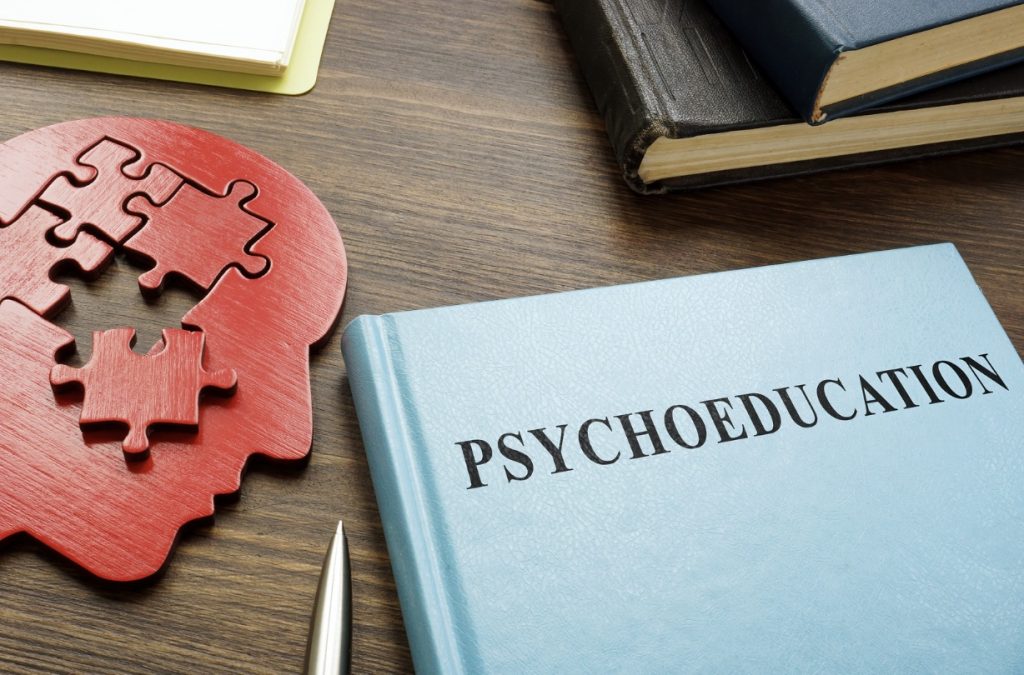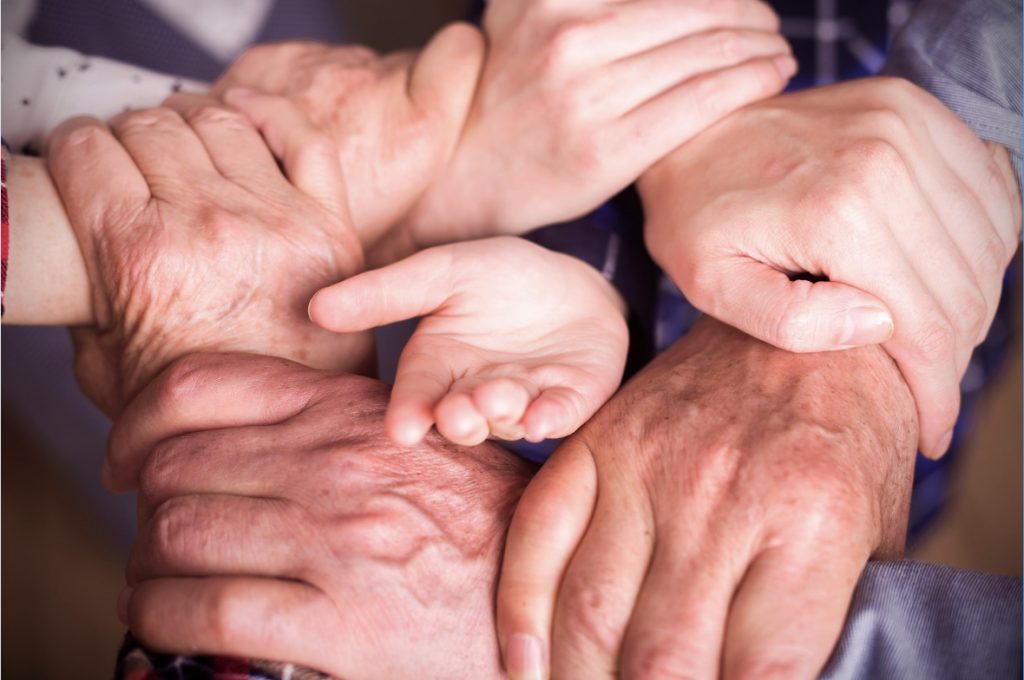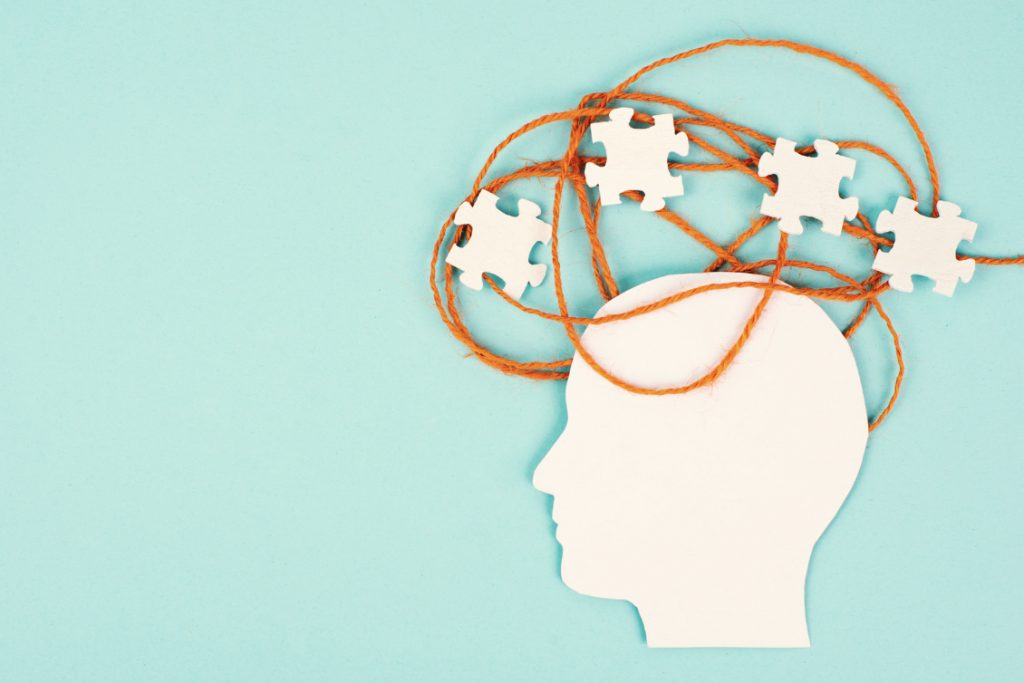What Is ART?

Accelerated Resolution Therapy (ART) is a unique approach to psychotherapy. ART is unique because the ART Therapist guides the client to replace the negative images in the mind that cause the symptoms of Post-Traumatic Stress with positive images.… Read More
How ART Works

ART incorporates a combination of techniques used in many other traditional psychotherapies. ART works directly to reprogram the way in which distressing memories and images are stored in the brain so that they no longer trigger strong physical and… Read More
Meet ART Founder Laney Rosenzweig
Watch Laney at TEDx Springfield
A Licensed Marriage and Family Therapist for 3 decades in the mental health field. In addition to her private practice, Laney trains licensed mental health professionals in the use of ART. Read More
Meet with the ART Founder
– Questions – Answers – Treatment – Training

Find out how Accelerated Resolution Therapy can help clients make astonishing life changes often after only one session.
Laney’s autobiographical story explaining how ART was created and how it has helped clients with all different types of problems lead more meaningful lives! Read the press release here.
Read a sample of the book on:
Amazon
Barnes and Noble
Warrior Wellness Program and Accelerated Resolution Therapy
Accelerated Resolution Therapy, or ART, was created to help people who have experienced trauma. The protocol that is delivered is meant to bring up original traumatic experiences and actually change the way that the information is ultimately stored.
What’s Accelerated Resolution Therapy (ART)?
Accelerated Resolution Therapy (ART) is a short-term treatment can lead to positive changes after just one session – now at CHR!
Greenlight Therapy Center: Accelerated Resolution Therapy Patient Testimonial
Brian, a security officer, talks about how Accelerated Resolution therapy with Greenlight helped him overcome a painful image in his mind from a traumatic experience and finally have hopes and dreams again.
Learn More
In ART, the eye movements are thought to be conducive to sorting out problems quickly through increasing the integration of activities in the left and right sides of the brain. These movements also seem to help the client process information by producing a deep feeling of relaxation. Yet ART is not hypnosis. Contact Us Today
Testimonials
My name is Dawn and I work at a women's residential MICD facility. I took the basic ART training course in October of 2022. I just want to take a moment to thank you for the opportunity to bring ART to my clients. Before learning ART, I was at a loss for how to help so many of my clients. A majority of the clients I see have a PTSD diagnosis and with only seeing them for about 4 weeks there was not much I could do to help them other than helping them learn coping skills. Since being trained in ART I have been able to help so many clients resolve issues they have had since childhood. It feels magical at times. My clients agree. We have had far less clients leave without completing the program since bringing ART into our program. Thank you and have a great day! Dawn Bunke, MA, LPCC, LADC Licensed Mental Health Clinician, Licensed Addiction Counselor Chaska, MN. 55318
I have struggled with mental illness since I was a young child. I had undiagnosed ADD, and I struggled with severe anxiety and depression. I faked being okay for a long time till I had a severe breakdown when I was 12 after surgery on my abdomen. I struggled with suicidal ideation and self-harm. With medication, I eventually got somewhat better. I didn't struggle with those particular issues when I was on medication but I still had a lot of problems and I still was not happy. Things, as expected, got worse when covid happened. I didn't relapse into self-harm or suicidal ideation but despite that, it was still maybe even worse than when I was 12. I was on 80mg of Prozac and I was on hydroxyzine since I was 13 maybe 14. When I was fifteen I was diagnosed with ADD. I had continuous therapy but things were still getting worse no matter what I did. I would have daily mental breakdowns in the spring of my junior year. I had medical issues (which wasn't new for me) but I would end up in the nurse's office on a daily basis for both them and anxiety problems. I could no longer manage my health. I started taking hydroxyzine for sleep. If the nurses didn't send me home for my health problems the counselors would send me home because I simply could not stop crying, and I could not function. I finished the school year and things were still not great in the summer. I didn't have daily breakdowns as I didn't have to force myself to function but they were still frequent. I had signed up and paid for the SAT but I never showed up because I could not stop crying and I had such severe anxiety. My mother did not think she would even get me into school on the first day of my senior year. This is where things finally started to get better. My mom had a friend with anxiety issues and practically overnight she had gotten noticeably better. My mom was at her wit's end trying to help me before school started so she asked her friend what had changed. She pointed us in the direction of her ART therapist. I thought it sounded crazy and like a bunch of hogwash. However, at that point, I was willing to try anything. I had given up hope that things were ever going to get better. My intake was scheduled the day before school started in September. I met all the criteria for PTSD in my intake. Afterward she gave me 15 minutes of the actual therapy. I felt better after just that and I managed to make it through all of school the next week and I only had one or two nightmares that week as opposed to the nightly nightmares I had previously. It was a drastic and quick change and I was afraid it wouldn't stick. Long story short, I was off both hydroxyzine and prozac by the new year. A week after my last dose of Prozac she reassessed me for PTSD and I no longer met the criteria despite meeting all criteria on my previous dose of 80mg of Prozac. She changed my diagnosis from PTSD to Adjustment disorder. It was such a drastic change over a span of a few months that doctors and school counselors are now advising their patients and students in the direction of this therapy in my community. I know my school counselor is now pursuing training in this therapy. This therapy gave me my life back. I was a complete skeptic as it seemed way too good to be true. However, I gave it a try out of pure desperation and it has changed my life.
OCD and Anxiety are illnesses that I have lived with my entire life and things that I thought were a normal part of the human experience. It took me to get to the point of extreme depression to seek help, and that’s when my therapist recommended ART to me as a potential solution for my struggles. Simply put, I am convinced that ART is magic. I have done ART twice in my life, both at points when I was experiencing extreme depression and suicidal thoughts. Not only does it rid me of my depression, it also eases my anxiety and obsessive thought loops. ART gives me peace of mind, and the confidence that I can handle life’s most difficult moments.









